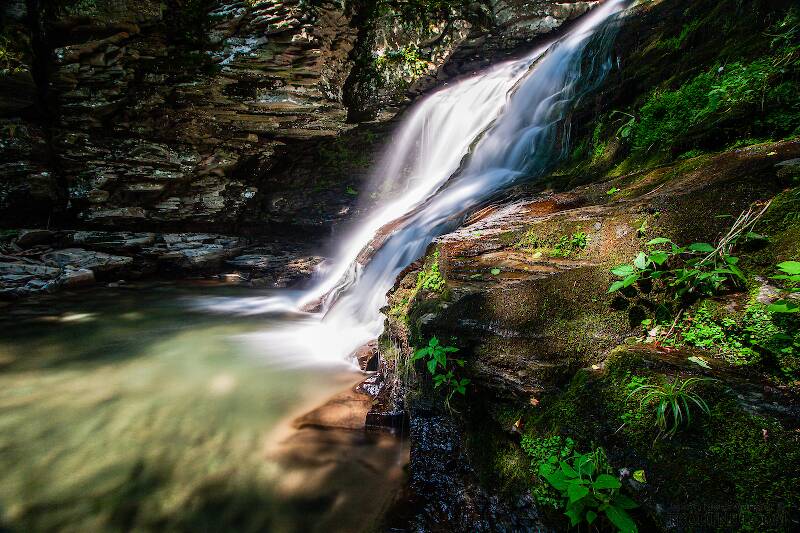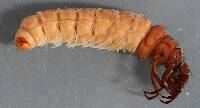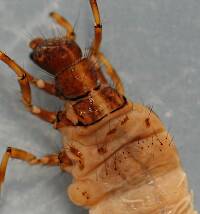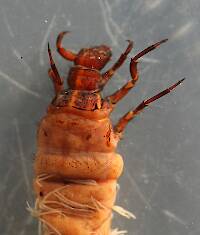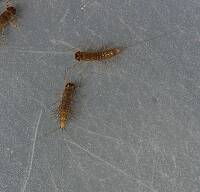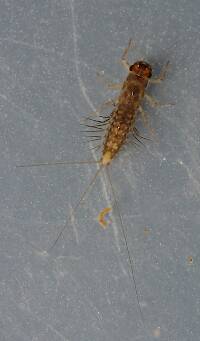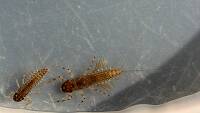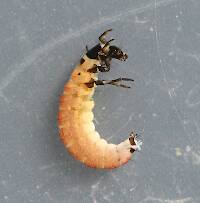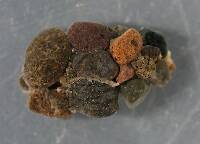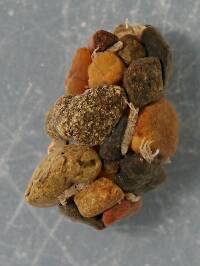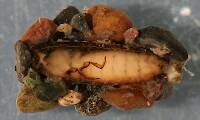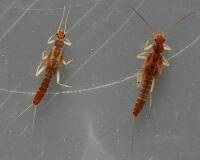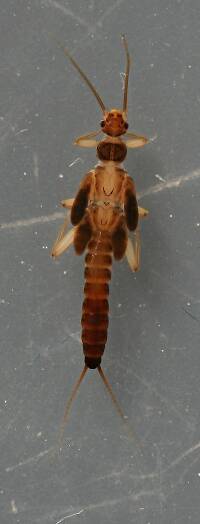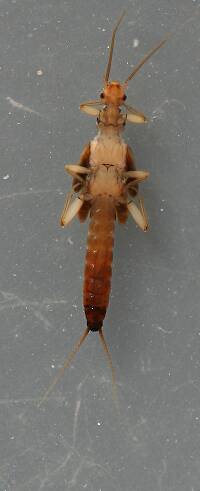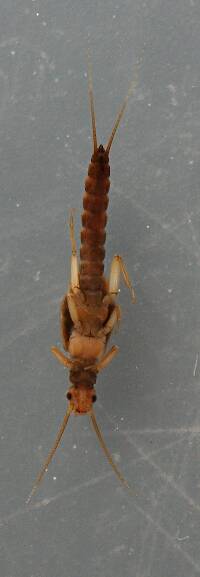
Hex Mayflies
Hexagenia limbata
The famous nocturnal Hex hatch of the Midwest (and a few other lucky locations) stirs to the surface mythically large brown trout that only touch streamers for the rest of the year.
Featured on the forum

This specimen keys to the Epeorus albertae group of species. Of the five species in that group, the two known in Washington state are Epeorus albertae and Epeorus dulciana. Of the two, albertae has been collected in vastly more locations in Washington than dulciana, suggesting it is far more common. On that basis alone I'm tentatively putting this nymph in albertae, with the large caveat that there's no real information to rule out dulciana.

Troutnut is a project started in 2003 by salmonid ecologist Jason "Troutnut" Neuswanger to help anglers and
fly tyers unabashedly embrace the entomological side of the sport. Learn more about Troutnut or
support the project for an enhanced experience here.
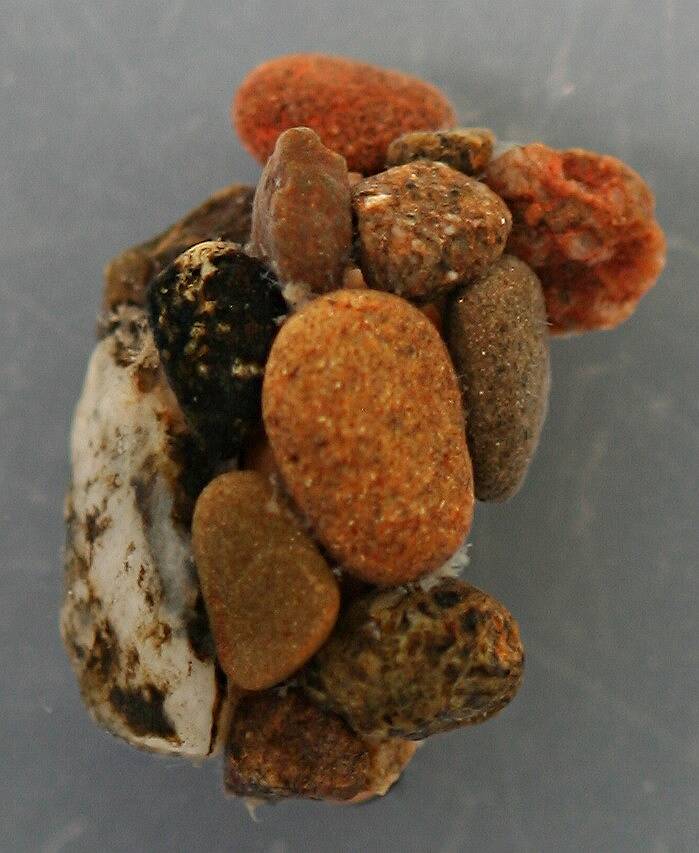
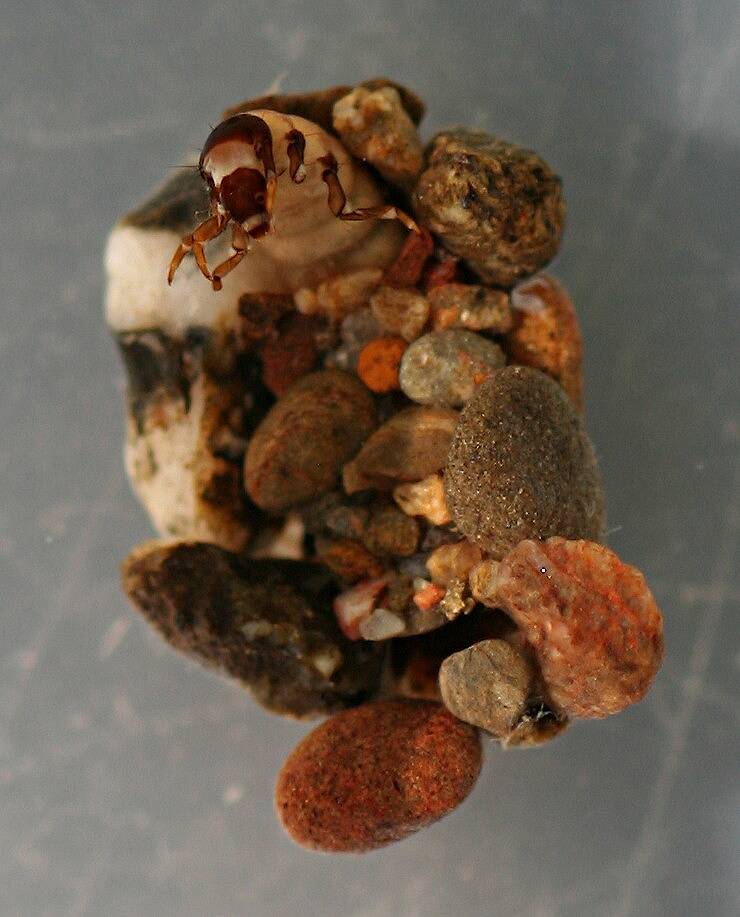
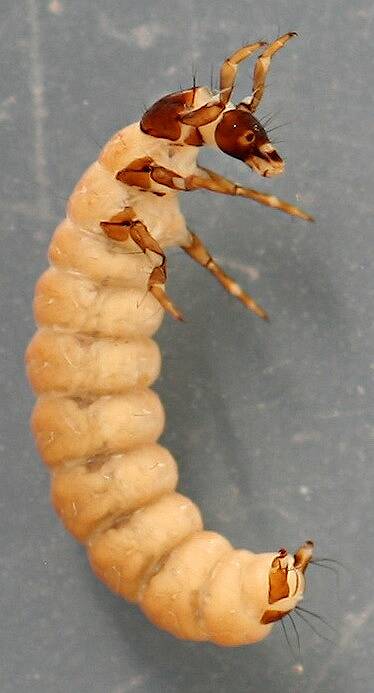
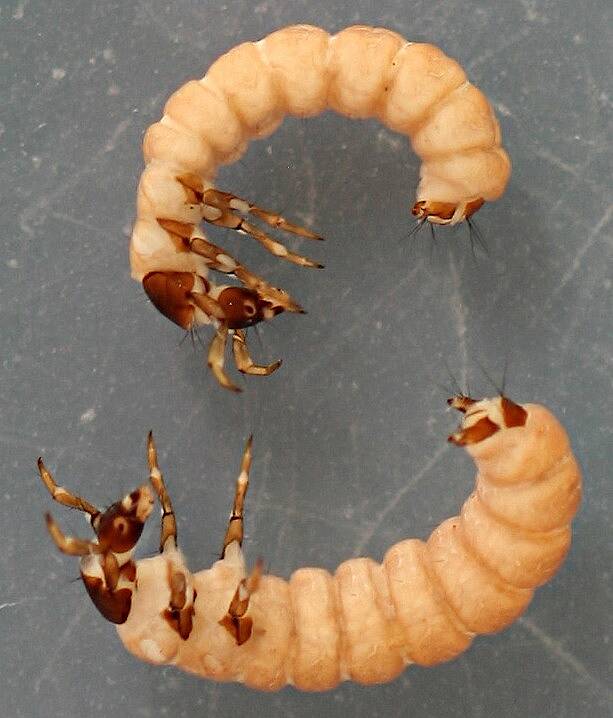

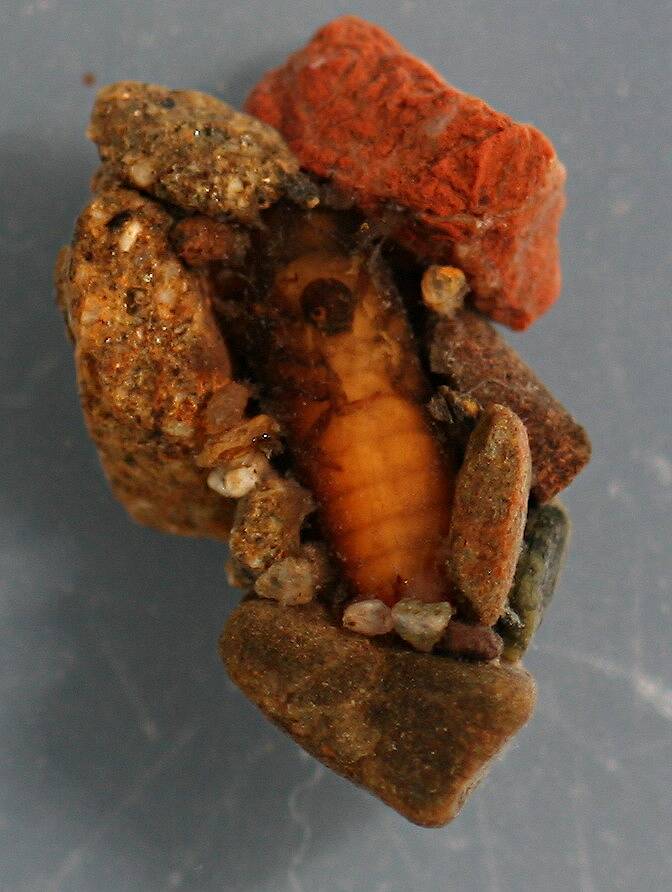
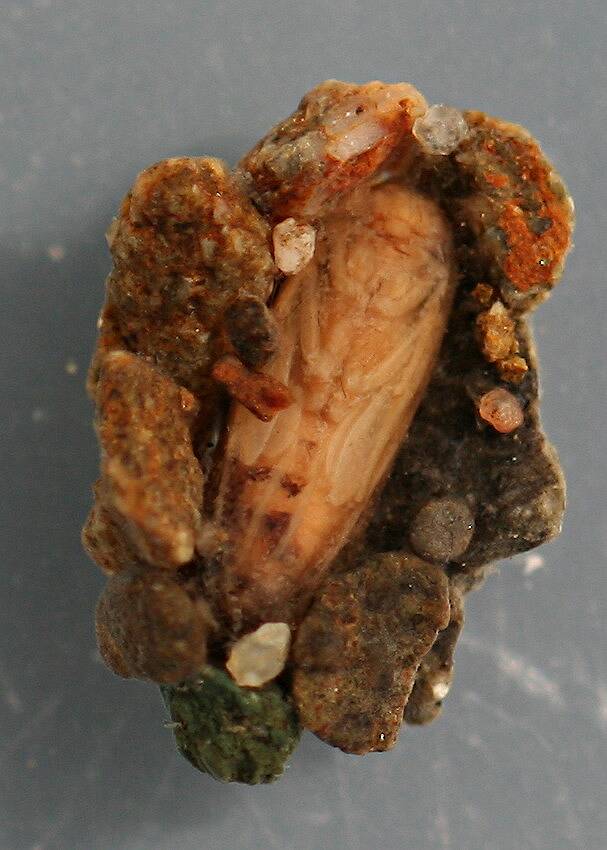
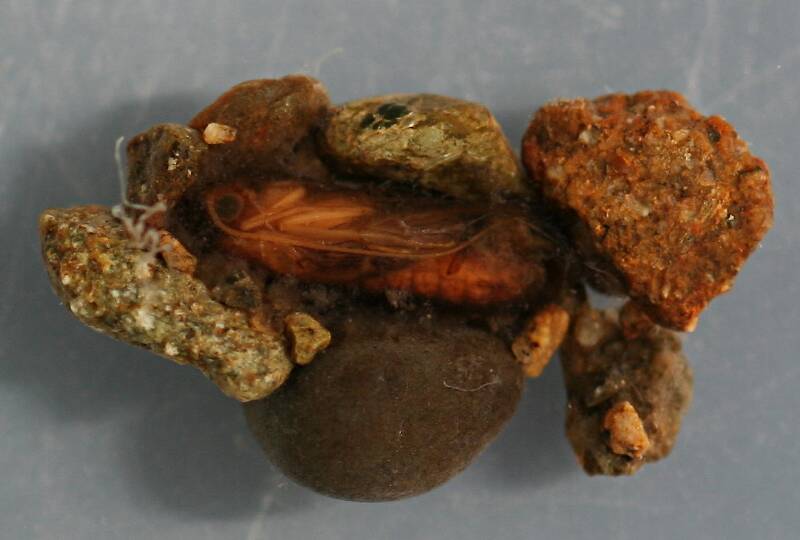
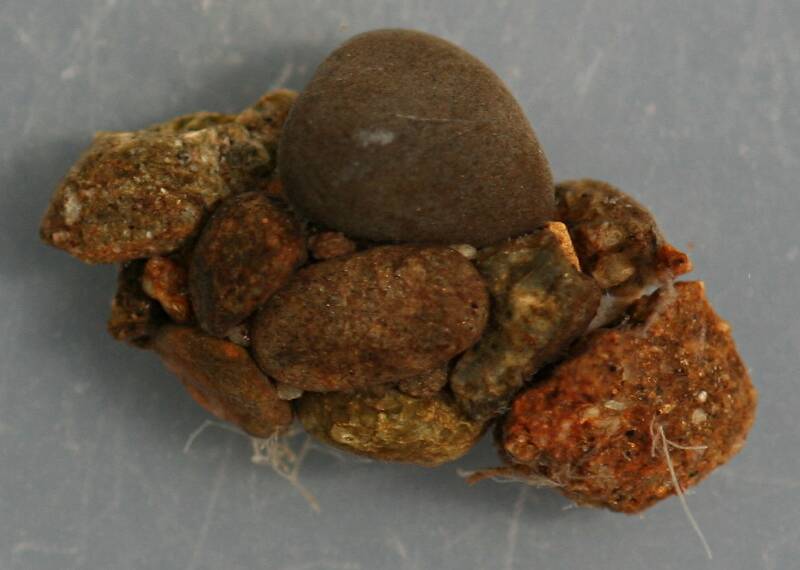

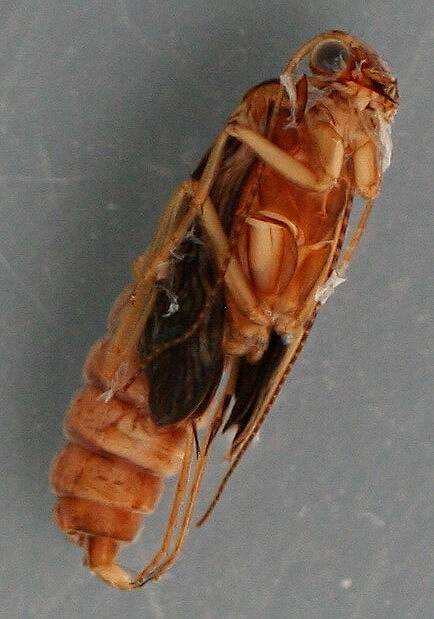
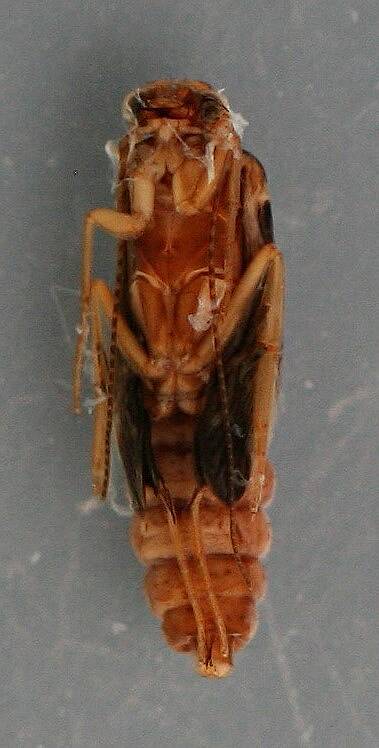
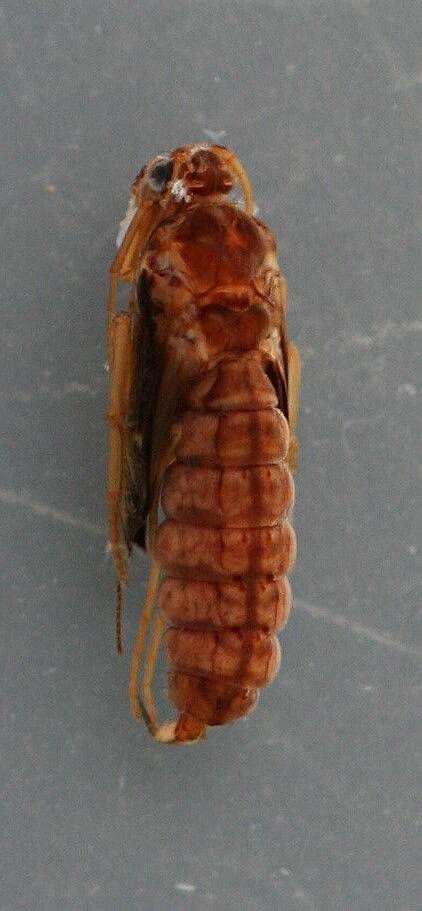
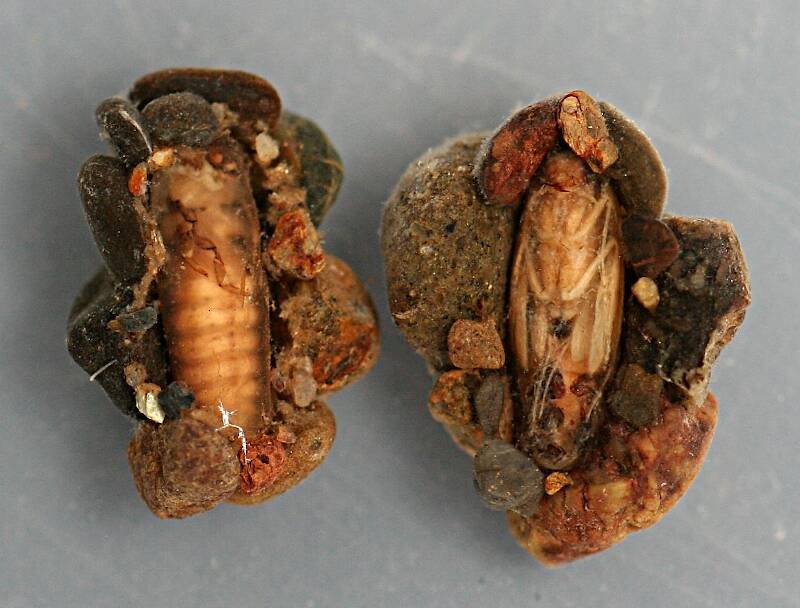
Millcreek on Oct 20, 2014October 20th, 2014, 9:43 am EDT
These are similar to the Agapetus I posted earlier but are easily differentiated by not having sclerites on the mesonotum. In this area they show marked differences in habitat, Agapetus being found in the mainstem and larger tributaries of the Russian River while Glossosoma is found in the smaller tributaries. Both are found on a substrate of clean, unembedded gravel and cobble. Glossosoma prefers streams with cooler temperatures and more canopy than Agapetus. Glossosoma is most common in riffles while Agapetus prefers glides and areas just above riffles. Both show up as larvae from March through May.
The thread on Agapetus is here http://www.troutnut.com/topic/8638/Agapetus-larva-and-pupa#42086
An article on fishing the larvae, pupae and adults of Glossosoma by Rick Hafele can be found here http://www.laughingrivers.com/rick-glossosoma.html
The thread on Agapetus is here http://www.troutnut.com/topic/8638/Agapetus-larva-and-pupa#42086
An article on fishing the larvae, pupae and adults of Glossosoma by Rick Hafele can be found here http://www.laughingrivers.com/rick-glossosoma.html
"If we knew what it was we were doing, it would not be called research, would it?"
-Albert Einstein
-Albert Einstein
Oldredbarn on Oct 21, 2014October 21st, 2014, 9:52 am EDT
Mark,
Wonderful stuff, as usual!
Spence
Wonderful stuff, as usual!
Spence
"Even when my best efforts fail it's a satisfying challenge, and that, after all, is the essence of fly fishing." -Chauncy Lively
"Envy not the man who lives beside the river, but the man the river flows through." Joseph T Heywood
"Envy not the man who lives beside the river, but the man the river flows through." Joseph T Heywood
Creno on Oct 21, 2014October 21st, 2014, 9:00 pm EDT
Millcreek - your mature pupae are females - you can see that the mid-leg femur and tarsi are flattened and broad. They use them like oars to "swim/scull" through the water during emergence. I can also see that the abdomen ends in simple tubular segments rather than the complex segment of the male. creno
Millcreek on Oct 22, 2014October 22nd, 2014, 8:55 am EDT
Spence - Thanks, hope they don't send you off on another fly tying spree.:)
Mark
Creno - Do the adult females also use the flattened legs during oviposition or are they "bombers" or "dippers"? Thanks for the info. Millcreek
Mark
Creno - Do the adult females also use the flattened legs during oviposition or are they "bombers" or "dippers"? Thanks for the info. Millcreek
"If we knew what it was we were doing, it would not be called research, would it?"
-Albert Einstein
-Albert Einstein
Jmd123 on Oct 22, 2014October 22nd, 2014, 4:15 pm EDT
Mark, I'll second Spence's comments again - excellent photos! And you must have some interesting geology in the area of these streams, from the rather unusual looking grains they make their cases out of - reminds me of those folks who purposely rear caddisfly larvae in aquaria stocked with colored sand grains or even small fragments of precious metals to make natural jewelry.
Jonathon
Jonathon
No matter how big the one you just caught is, there's always a bigger one out there somewhere...
Millcreek on Oct 22, 2014October 22nd, 2014, 6:27 pm EDT
Jonathon, Thanks. As for the geology it's mostly sandstone but there are faults along the stream that yield schist and ultramafics and there are some veins of quartz here and there as well. And yeah, I've seen some of the jewelry made. Some pretty neat stuff at this site:http://www.cabinetmagazine.org/issues/25/duprat.php
On a related note, we had some entomologists in this area who were interested in finding out about the movements (or lack of them) of Gumaga larvae in a couple different areas of a stream. They reared large numbers of larvae and gave them glitter of various colors to track them more easily. Link is here: http://stroudcenter.org/about/pdfs/Jackson_etal_1999.pdf
On a related note, we had some entomologists in this area who were interested in finding out about the movements (or lack of them) of Gumaga larvae in a couple different areas of a stream. They reared large numbers of larvae and gave them glitter of various colors to track them more easily. Link is here: http://stroudcenter.org/about/pdfs/Jackson_etal_1999.pdf
"If we knew what it was we were doing, it would not be called research, would it?"
-Albert Einstein
-Albert Einstein
Jmd123 on Oct 22, 2014October 22nd, 2014, 6:59 pm EDT
Wow Mark, way cool links! I have actually never seen the caddisfly jewelry thing in action until now, and that is really amazing...is art imitating nature, or nature imitating art? Or is it all merely in the eye of the beholder, Mother Nature's just doing her job and it's us overly-brained humans who get all fascinated and emotional about it, which is so much fun anyway...
This reminds me of an experiment I have heard can be done with crayfish. Apparently, these critters maintain their balance in the world through a small organ that contains grains of sand suspended from threads. The threads of course hang downward with gravity, activating nerves in this little chamber that keep the crayfish oriented upright. Perhaps a bit analogous to our own inner ear hairs in a fluid-filled chamber? Well, if you let a crayfish shed in an aquarium filled with iron filings, they apparently incorporate new sand grains into a new chamber when they shed, and if they get iron filings instead, you can make them turn upside-down with a magnet! So I've heard, never seen it demonstrated...
Jonathon
This reminds me of an experiment I have heard can be done with crayfish. Apparently, these critters maintain their balance in the world through a small organ that contains grains of sand suspended from threads. The threads of course hang downward with gravity, activating nerves in this little chamber that keep the crayfish oriented upright. Perhaps a bit analogous to our own inner ear hairs in a fluid-filled chamber? Well, if you let a crayfish shed in an aquarium filled with iron filings, they apparently incorporate new sand grains into a new chamber when they shed, and if they get iron filings instead, you can make them turn upside-down with a magnet! So I've heard, never seen it demonstrated...
Jonathon
No matter how big the one you just caught is, there's always a bigger one out there somewhere...
Millcreek on Oct 22, 2014October 22nd, 2014, 8:03 pm EDT
Jonathon - I'd never heard that about crayfish balance organs and I've got to admit my first reaction was "Nahhh, something wrong with that!" but I started hunting around and found several references to statocysts (the balance organs) and apparently the movement of crayfish can be influenced if you replace the sand grains with iron filings. Here's a link:http://link.springer.com/article/10.1007%2FBF00657338#page-1
Click the tab on the upper left that says "Look Inside" to see the first couple pages of the paper.
Mark
Click the tab on the upper left that says "Look Inside" to see the first couple pages of the paper.
Mark
"If we knew what it was we were doing, it would not be called research, would it?"
-Albert Einstein
-Albert Einstein
Quick Reply
Related Discussions
Topic
Replies
Last Reply
1
Apr 12, 2007
by GONZO
by GONZO

